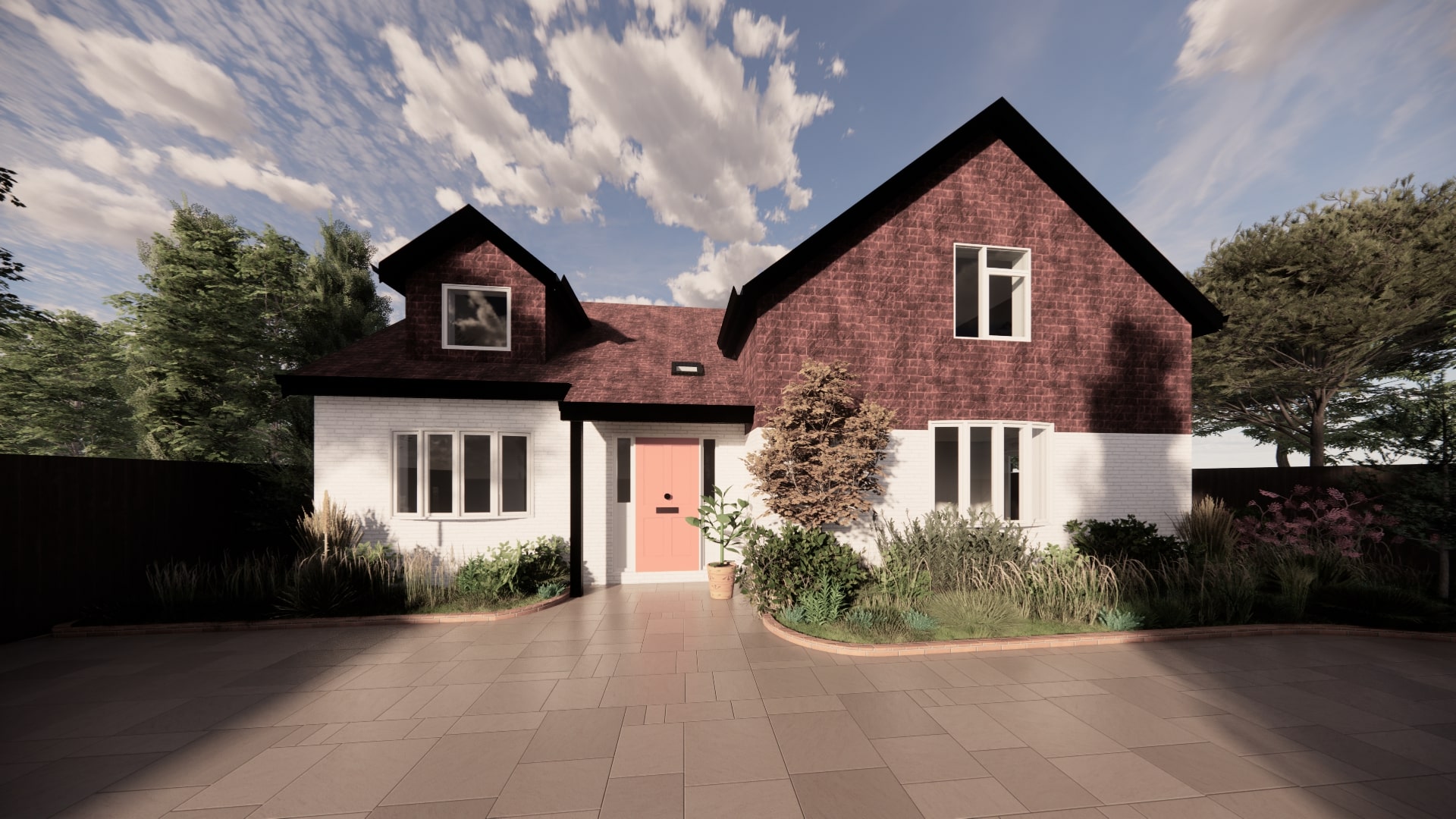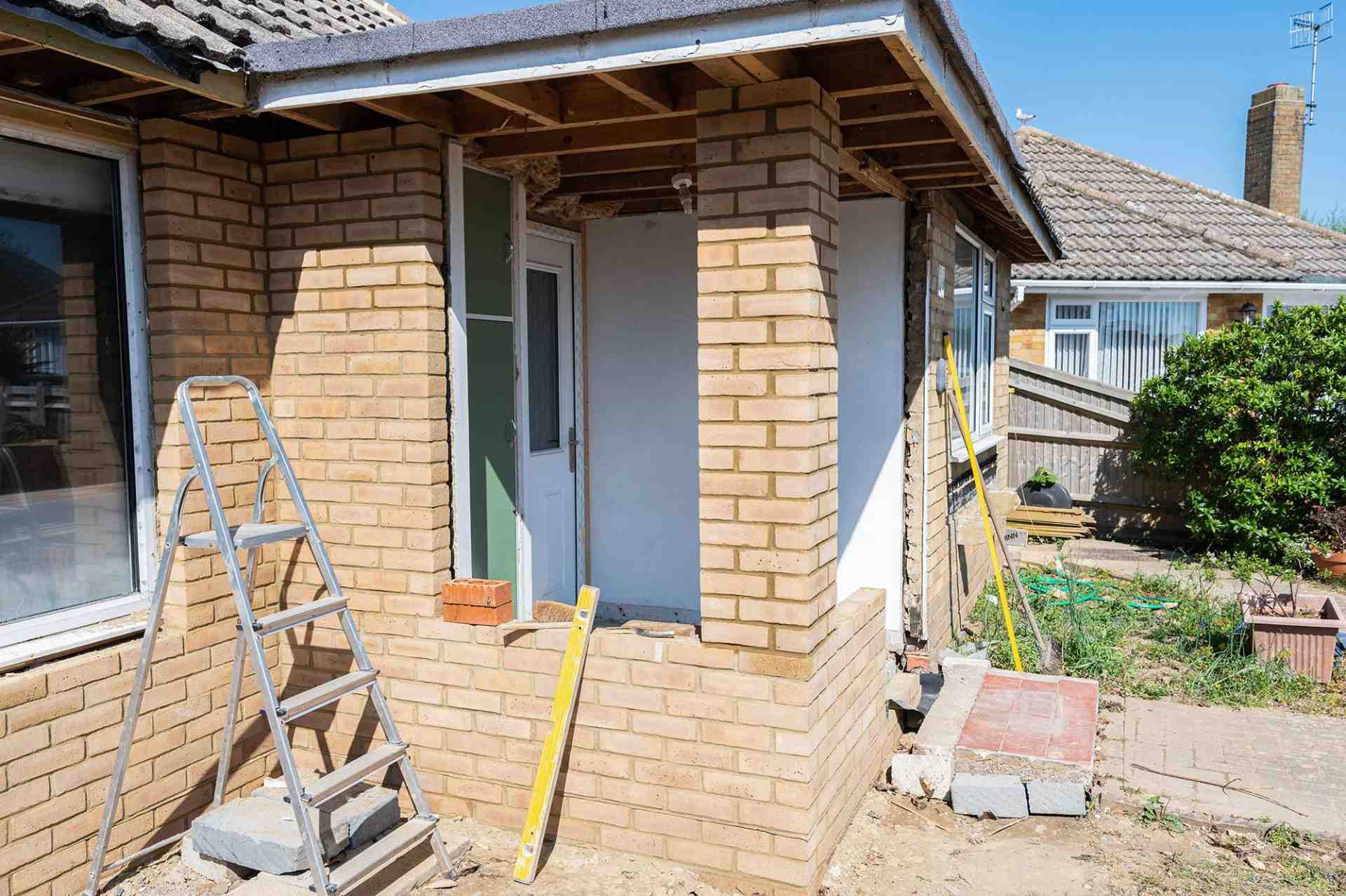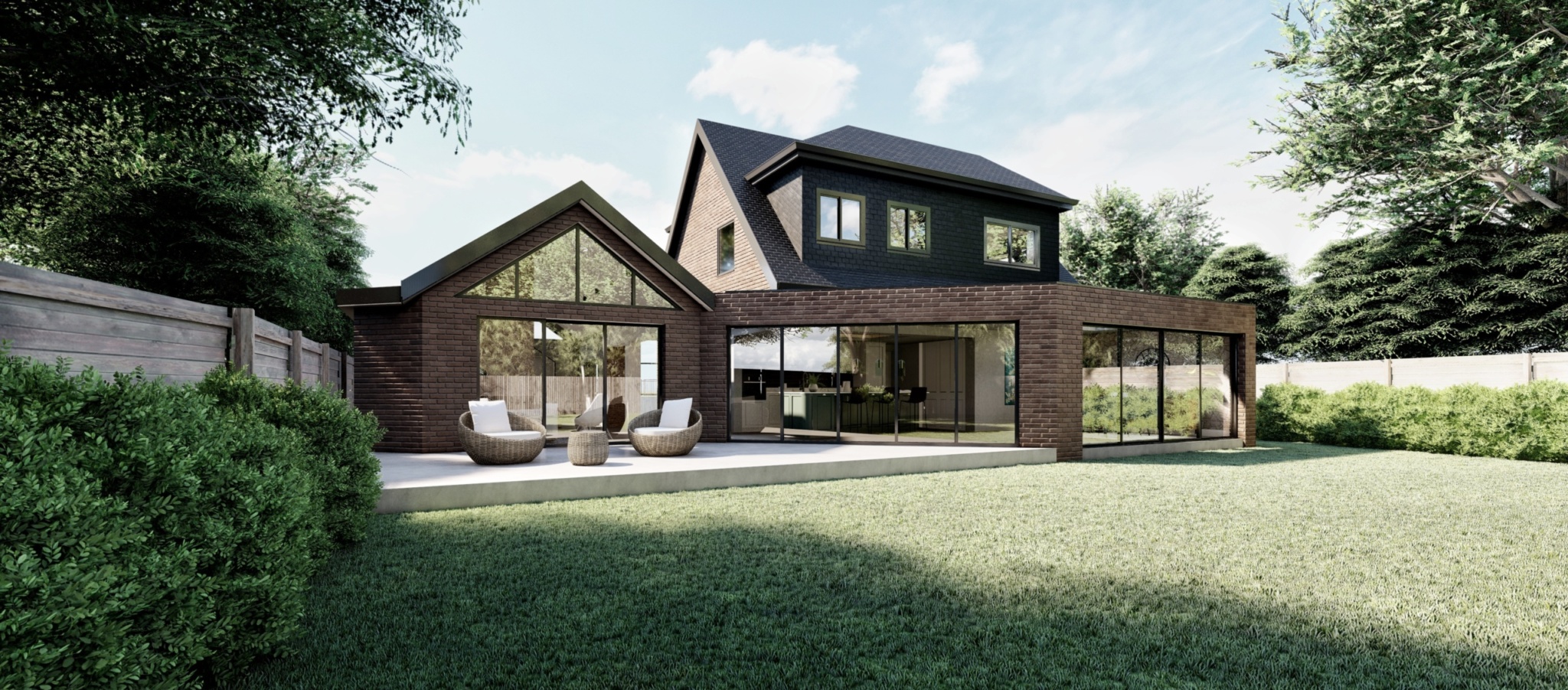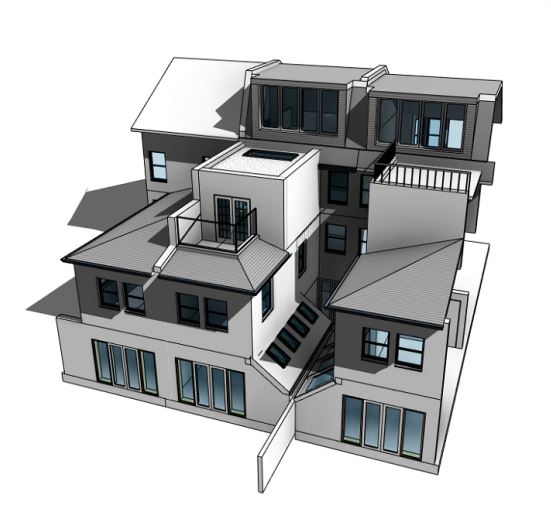The Ultimate Party Wall Agreement Guide
There's a familiar, comforting rhythm to our homes. The distant laughter of children playing, the hum of a refrigerator, the soft chirping of birds outside. But what happens when this rhythm is disrupted by the jarring noise of construction from next door?

Suddenly, your peaceful sanctuary feels invaded. This is where the Party Wall Agreement, your shield against unexpected disturbances, comes into play. A Party Wall Agreement is a legal document that two adjoining property owners create. It’s not just a piece of paper; it’s a mutual understanding, ensuring that any construction or renovation work doesn’t negatively impact the other party. It’s about communication, setting expectations, and ensuring that both parties are on the same page.
The fear of unexpected disruptions, potential damage to your property, or disputes with your neighbors can be stressful. This agreement offers peace of mind, ensuring that your home remains the sanctuary it’s meant to be.
Understanding the Party Wall Agreement:
The Party Wall Agreement, often referred to as the “Party Wall Act,” is more than just a formality. It’s a crucial step in ensuring that construction or excavation work carried out close to neighboring properties is done right, without causing harm or unnecessary inconvenience.
1. When is a Party Wall Agreement Necessary?
If you’re planning to carry out any of the following:
– Work on an existing wall, ceiling, or floor shared with another property.
– Building on or at the boundary between two properties.
– Excavating near a neighboring building or structure.
Then, it’s time to consider a Party Wall Agreement. Steph Fanizza, Architectural Design & Team Manager
Tell us about your plan and we'll send you a free quote! It takes less than 60 seconds!
2. The Process: Step-by-Step
Notification: Before any work begins, the property owner intending to start the construction must notify the adjoining property owner. This notice should detail the work that will be undertaken and must be provided well in advance.
Response: The neighboring property owner can agree or disagree. If they consent, work can proceed. If they dissent or don’t respond within a stipulated time, it’s deemed as a dispute.
Surveyor’s Role: In case of a dispute, both parties must appoint a surveyor to assess the situation. This surveyor will draft an “award” which outlines the work that can be carried out, how and when it can be done, and any protective measures required.
3. Benefits of the Agreement:
Protection Against Claims: With a clear agreement in place, you’re safeguarded against potential claims of damage from your neighbors.
Clear Communication: It ensures both parties are well-informed, reducing the chances of misunderstandings or disputes.
Legal Safeguard: In the absence of an agreement, you risk legal action, which can be time-consuming and costly.
4. Common Misconceptions:
“It’s Just a Wall”: Many underestimate the complexities involved in shared walls or boundaries. From shared utilities to structural dependencies, there’s more to it than meets the eye.
“Verbal Agreements are Enough”: While trust is essential, verbal agreements don’t offer the legal protection that a written Party Wall Agreement provides.
5. Tips for a Smooth Process:
Open Dialogue: Always maintain open communication with your neighbor. Discuss your plans in detail, addressing any concerns they might have.
Seek Expertise: If unsure about the process, consult with professionals who specialize in Party Wall Agreements.
Be Patient: Remember, it’s a process that requires understanding and patience from both parties involved.
Conclusion:
A Party Wall Agreement is more than just a legal requirement; it’s a testament to good neighborly relations. It ensures that while you make changes to enhance your living space, you’re also respecting the peace and sanctity of those living next to you. In a world where every inch of space is precious, such agreements remind us of the importance of harmony, understanding, and coexistence.












